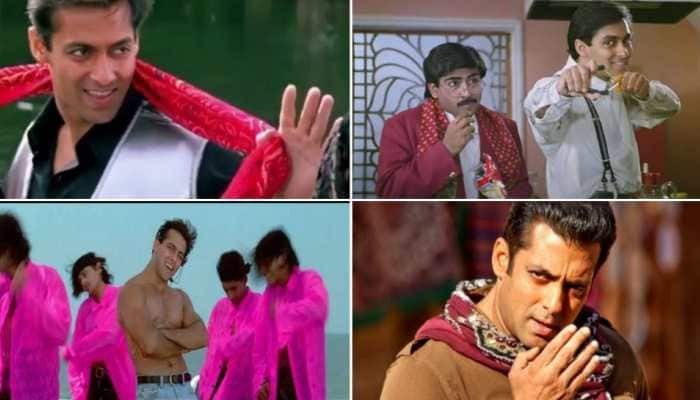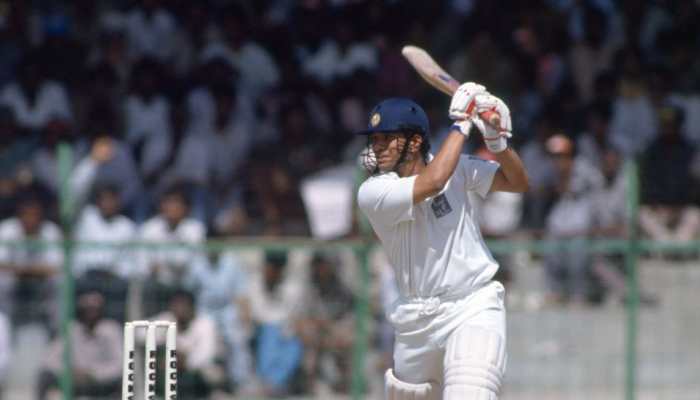How this Fertility clinic is helping Indian females to enjoy best of both the worlds through Fertility insurance
Egg freezing provides the female with the same reproductive potential as their male counterparts . In the words of one researcher, egg freezing may be able to “bridge the gap between reproductive prime and when a woman is realistically ‘ready’ to have children.” IVF (in vitro fertilization) is done and eggs are frozen by the vitrification process which has a good success rate.
- India IVF Fertility was founded with the vision to build a high-quality, national network of Fertility centres
- Medical egg freezing is recommended in patients with cancer who are going to undergo any chemotherapy process
Trending Photos
)
Shweta is a 34 years old IIT,IIM alumni and VP of a reputed MNC company. She is unmarried and on a daily basis faces pressure from her family, relatives, friends and sometimes even random associations who don't leave an opportunity to tell her how 'this is the best time to marry' or how 'she should not wait any longer'.
Shweta shares, "My career is my top priority right now and it irks me to no ends when I am told I should get married. I keep telling everyone that my career is my priority and I don't have time to date but the fact is that I am also somewhere worried about my diminishing fertility potential with increasing age".
While surfing through her FB wall she saw an article related to social egg freezing. She booked a video consultation with Dr Richika to discuss options of delaying her biological clock for motherhood. During her video consultation she was made to relax and given the option of social egg freezing.
Shweta complied with it. After 6 years, Shweta is a highly successful businesswoman CEO with the same company, now married, again comes to the clinic at age of 40 for planning her pregnancy. Few of her frozen eggs were used. ICSI done with husband sperm. Delivers twins after 9 months. This is called female empowerment through fertility insurance which many of the females can relate to in this modern era and it is possible because of technology leveraging the gender gap.
India IVF Fertility was founded with the vision to build a high-quality, national network of Fertility centres by doctor turned entrepreneur couple Dr Somendra Shukla and Dr Richika Sahay
How it works Nowadays, an increasing number of women undergo oocyte cryopreservation for both medical and social reasons.
Medical egg freezing is recommended in patients with cancer who are going to undergo any chemotherapy process.
Concurrently, there has been an increase in patient demand, especially for so-called 'social egg freezing' that allows women to preserve their fertility in anticipation of age-related fertility decline. Nowadays more females are opting for childbirth in their 30s due to professional and financial reasons. This increases the chances of infertility, aneuploidy and miscarriage in them.
Egg freezing provides the female with the same reproductive potential as their male counterparts. In the words of one researcher, egg freezing may be able to “bridge the gap between reproductive prime and when a woman is realistically ‘ready’ to have children.” IVF (in vitro fertilization) is done and eggs are frozen by the vitrification process which has a good success rate. It is a daycare safe procedure.
Market and growth
According to an analysis by Future Market Insights (FMI), cryopreservation for the IVF market surpassed a valuation of US$ 339 million in 2019. The market is set to reflect an impressive 10.2% CAGR through 2030.
East Asia is projected to be the largest market for cryopreservation for IVF throughout the forecast period, owing to changes in government policy, and increasing cases of infertility the resulting demand and increasing investments into healthcare infrastructure.
Future prospects Like a life insurance policy, Fertility insurance is recommended for all females. They have the right to know their ovarian age. The younger they do this investment it is much better, just like their life insurance policy. The target is to do fertility insurance for all females before the age of 36 and bridge the gender gap.
(Disclaimer: This is a featured article).
Stay informed on all the latest news, real-time breaking news updates, and follow all the important headlines in india news and world News on Zee News.
Live Tv







)
)
)
)
)
)
)
)
)
)
